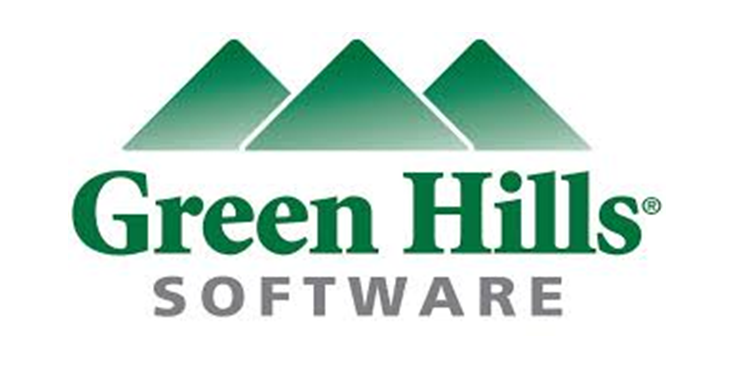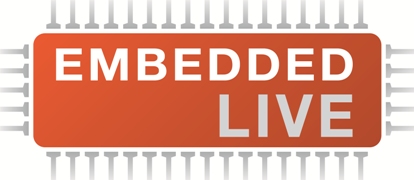Author: Julian Day, Green Hills Software
Virtualisation, now well established in the server market, is also maturing within the embedded sphere. Embedded systems invariably demand customisation to cater for the peculiarities of robustness, reliability, environmental factors and available resources. For a hypervisor, this is likely to mean exposing domain specific peripherals and managing inter-guest communication, but there are also other implications.
This talk describes why you would use a virtualised guest operating system in an embedded system and the challenges of organising a multi-guest system. This includes building and maintaining those systems and managing changes in functionality as the requirements evolve. It also compares this approach with a more conventional, physically-separated development style, where each SoC runs a different OS within a federated system.
Real-Time Operating Systems - Weds 26th September 11.20 - 11.45
Sponsored by

Speaker

A senior FAE for Green Hills Software, Julian specialises in systems within the safety critical and security markets, particularly involving the use of the INTEGRITY RTOS. Julian has been assisting the development of airborne and ground based embedded systems in both the civilian and military sectors since 1992.
With the rise of IoT and the corresponding increase in the number of systems exposed to significant risk of attack, Julian finds himself applying the techniques, which were once reserved for high-end systems much more widely, as the need to satisfy security, reliability and robustness requirements has become more ubiquitous.

